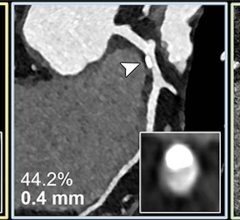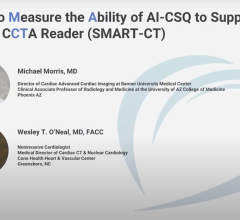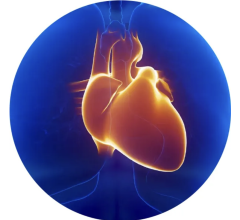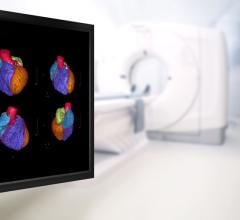August 11, 2010 – Based on its recent analysis of the computed tomography (CT) market, Frost & Sullivan recognizes Siemens Healthcare with the 2010 North American Frost & Sullivan Award for Technology Leadership of the Year.
Overall, Siemens has a long history and proven track record of developing and introducing technologies that have ultimately had a major impact on shaping the role and capabilities of CT in medicine. With the introduction of the dual-source CT (DSCT) scanner, perhaps the company's most unique and distinctive new technology, Siemens has clearly shown its pioneering spirit in CT. While the future impact of DSCT in CT imaging is still uncertain, the eventual adoption of this technology as an industry standard would solidify Siemens' reputation as a visionary in the field of CT.
Siemens Healthcare invests 9 to 11 percent of its annual revenues on research and development (R&D). More than 5,000 of the company's employees work in roles dedicated to R&D, generating an average of five patents per business day. Ninety percent of the company's sales are for products which are less than three years old. In 2005 alone, Siemens Healthcare was estimated to have had more than 1,300 invention disclosures and 1,000 patent filings, with more than 3,700 active patents as of the end of fiscal year 2005.
"Siemens has long been proactive in addressing dose challenges in CT," says Frost & Sullivan Research Analyst Roberto Aranibar. "And because of the company's foresightedness, initiative and heavy investments in this area, Siemens is recognized as a leader in the development of dose reduction technologies for CT."
Beginning in 1994 with the release of the CARE (Combined Applications to Reduce Exposure) Dose4D feature, Siemens has continuously introduced novel and safe products and features in its scanners.
In 2005, a new generation of CT scanners was born, with Siemens' introduction of the world's first DSCT scanner, the Somatom Definition. Siemens' innovative momentum continued in 2007, with its introduction of Adaptive Dose Shield, a feature which further limited unnecessary irradiation of tissue.
The years of 2008 and 2009 witnessed several more dose reduction technology contributions from Siemens, many of which have served to enhance the performance of the Somatom Definition Flash.
"The value of investing in a scanner equipped with the most effective dose reduction technologies is becoming increasingly evident, as studies suggesting the risks of higher exposure to ionizing radiation continue to surface," says Aranibar. "The long-term patient benefits of these technologies far outweigh their often higher purchase costs."
This is particularly evident in facilities performing high volumes of coronary exams, where procedures often take up to an hour and a half without DSCT, due to the need to administer slow-acting beta-blockers to patients with fast and/or irregular heart rhythms so that images of adequate quality can be obtained.
"Siemens has not only integrated its dose reduction technologies into numerous CT models — ranging from entry-level, dual-slice scanners to premium-grade, 256-slice DSCT scanners — but also put its CT technologies to use in areas beyond the scope of medical imaging," notes Aranibar. "For instance, the ability of Siemens' UFC technology to provide high-resolution images in fractions of a second has been used to improve the performance of equipment used in airport security X-ray and automotive applications of nondestructive testing."


 March 20, 2024
March 20, 2024 








